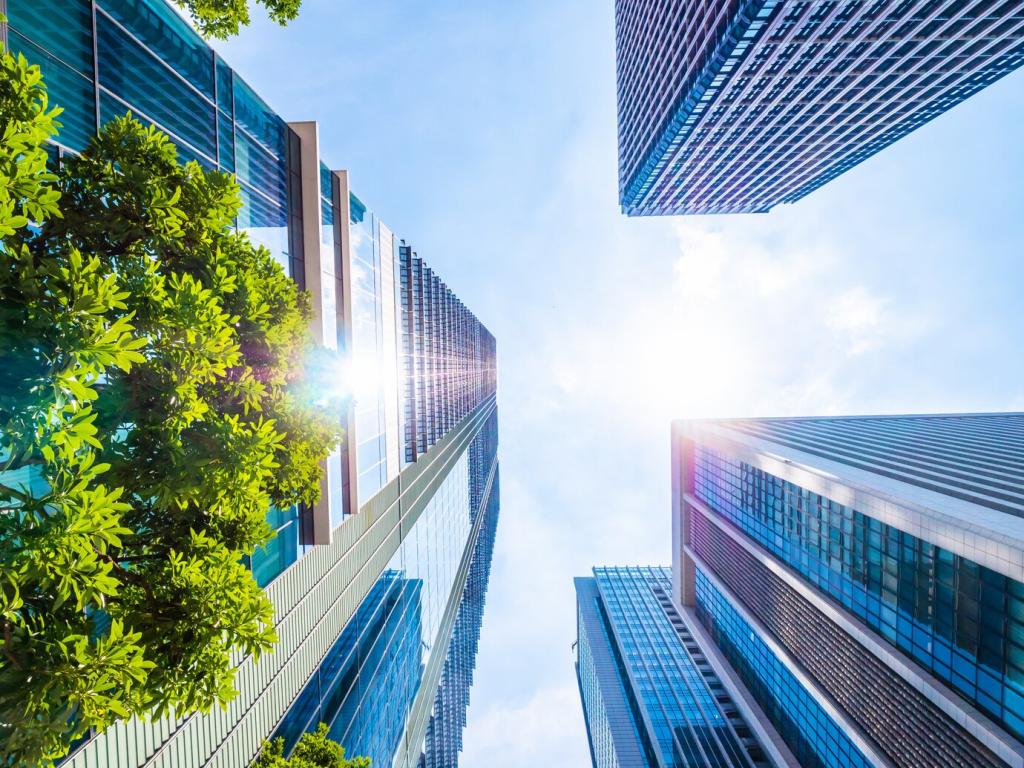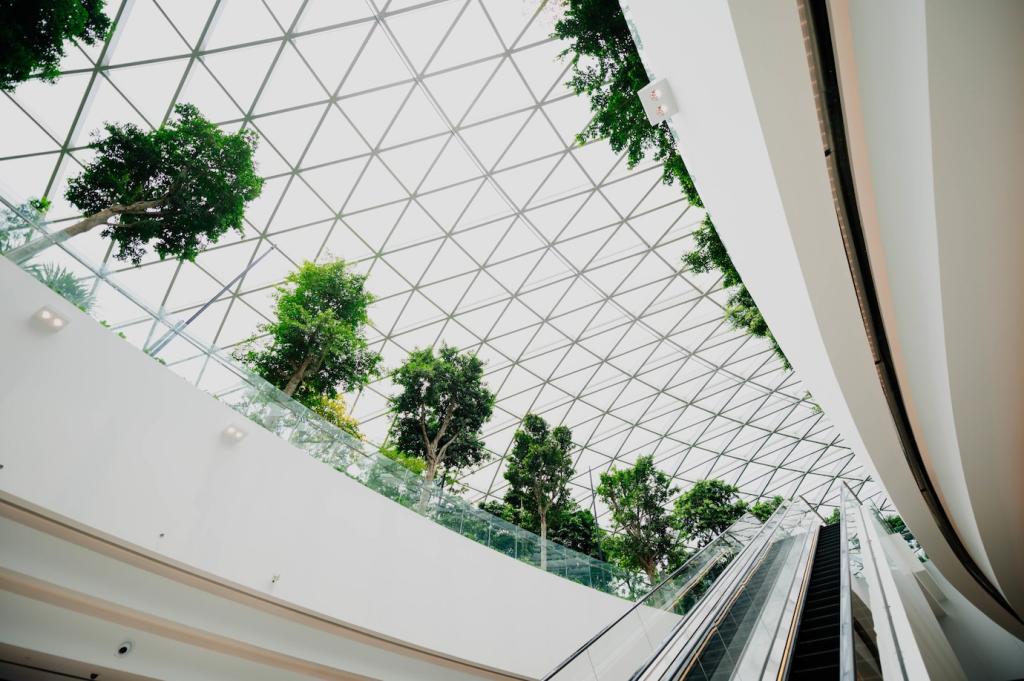Sustainable building materials have become a cornerstone in modern construction, responding to the environmental challenges our world faces. These materials, which prioritize renewability, low environmental impact, durability, and health safety, are transforming the way buildings are designed and constructed. Embracing sustainable materials not only minimizes a project’s ecological footprint but also improves energy efficiency, reduces waste, and promotes the well-being of occupants. From natural products like bamboo and hempcrete to advanced recycled components, architects, builders, and homeowners are turning to ecologically responsible choices. Understanding the characteristics, benefits, sourcing, and future potential of sustainable building materials is vital for anyone looking to make a positive impact on the environment through the built environment.
Defining Sustainable Building Materials
Characteristics of Sustainable Materials


Life Cycle Approach

